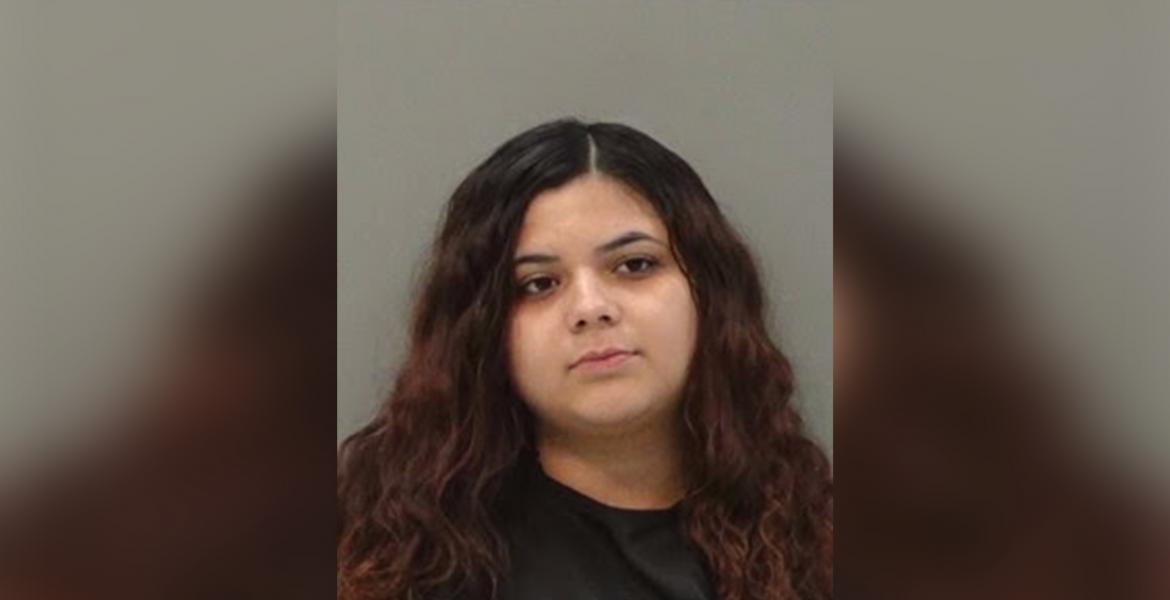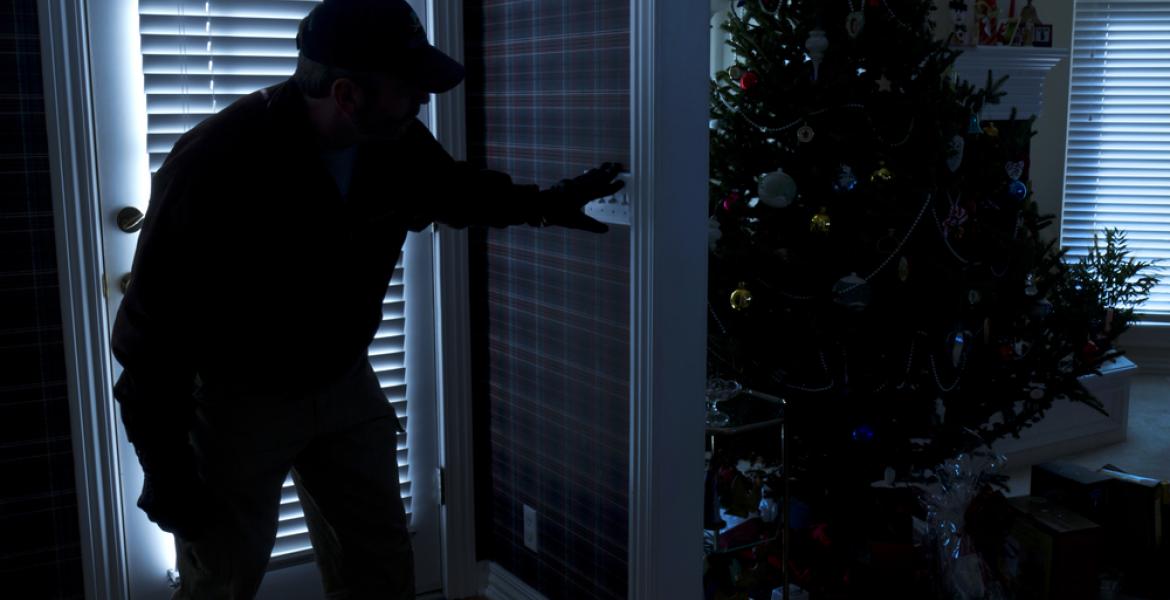SAN ANGELO, TX — Jurors in the Isidro Delacruz capital murder trial spent only one hour and 58 minutes in the courtroom Tuesday as defense attorneys desperately fought to keep prosecution witnesses off the stand out of the presence of the jury.
Jurors were instructed to be in the jury room on the first floor of the Tom Green County Courthouse by 9 a.m. in preparation for hearing testimony. They sat in the jury room until 11:13 a.m. while defense attorneys insisted on detailed and lengthy questioning of Stephen Bryant’s qualifications to testify before the jury as an expert witness. Bryant is a 24-year veteran of the Texas Department of Criminal Justice and is a senior warden at the Pam Lychner prison in Humble. He spent eight years as an officer at the Polunsky Unit where death row is housed.
Delacruz’s attorneys insisted on questioning Bryant to qualify him as an expert witness. Bryant was called as an expert witness on Texas Death Row inmate operations by District Attorney Allison Palmer.
Bryant testified that offenders sentenced to death are sent to the Polunsky Unit in Livingston. He told attorneys that death row inmates are confined to their 6 ft. by 10 ft. cells 22 hours a day and are allowed just two hours a day for recreation. Recreation is allowed in a concrete walled room about the size of an average garage. Death row inmates are not allowed contact visits according to Bryant. The warden told attorneys there are different levels of offenders on death row based upon their level of obeying prison rules.
Bryant said the typical day in the life of an inmate on death row begins at 3 to 3:30 a.m. when they serve breakfast. He said that’s because the general population is served breakfast at 3 to 3:30 a.m. because all offenders are required to have a job and many of those jobs begin at 4 a.m. to 5 a.m. and many inmates need medications at that time. Those meds would include insulin for diabetics, and etc.
Under questioning from District Attorney Allison Palmer, Bryant testified that the difference between offenders sentenced to death and those sentenced to life in prison without parole is significant. Death row inmates remain in their cells, don’t have jobs and are not allowed contact visits ever. A death row inmate’s visit is restricted to non-contact through a glass window and talking over a phone.
Offenders serving a life sentence without parole may have contact visits depending on their individual circumstances, according to Bryant. That means the inmate and visitor can sit across a table from each other face to face.
Bryant testified that death row offenders are provided services “Cell side.” That is, they receive almost all benefits in their cells. Offenders sentenced to life must leave their cells and walk to appointments for medical service, educational service, counseling and jobs. Bryant told attorneys that all offenders in the Texas Department of Criminal Justice must be assigned a job. Some are not physically able to work, but they have an assigned job anyway. Death row offenders do not work, however.
Bryant said offenders are served lunch from 9:30 to 10:00 a.m. and then supper starts at 3:30 p.m.
Death row offenders are strip searched, shackled and accompanied by two corrections officers every time they leave their cells. There are no televisions on death row, only radios.
Bryant described to attorneys how death row offenders are treated when they leave their cells. They are strip searched. They take off all their clothing and show all their body cavities to corrections officers. Then they re-dress and place their hands behind their back through a slot in the cell door so corrections officers can handcuff them. Then two corrections officers shackle their feet and grab them by the upper arm and take them to whereever they are appointed to be.
Bryant testified that offenders sentenced to life in prison without the possibility of parole may be classified where they can work outside their cells, interact with other offenders, and have other privileges.
After all that testimony, defense attorneys’ objections were overruled by District Judge Ben Woodward and Bryant was allowed to testify before the jury.
The jury was brought into the courtroom at 11:13 a.m. and Warden Bryant restated his testimony for the jury. Bryant testified that he attended multiple executions while serving as an officer on death row. That was the first time the word ‘execution’ was used in the trial.
The jury was released for lunch at 12:18 p.m. and was instructed by Judge Woodward to be back in the jury room by 2 p.m.
The trial continued outside the jury at 1:30 p.m. with defense attorneys contesting a DNA expert’s qualifications.
DA Palmer called Adrienne Borges to the stand to be qualified as an expert in DNA evidence. Borges is a tech leader for mitochondrial DNA analysis at Bode Cellmark Forensics in Lorton, Virginia.
Borges testified that mitochondrial DNA research isn’t as accurate as nuclear DNA and can only be one piece of a puzzle of evidence.
Defense attorneys argued that Borges wasn’t expert enough and that mitochondrial DNA evidence was inconclusive.
Palmer then called Texas Department of Public Safety DNA expert Amber Miller to the stand. Miller testified that she tested items from the Tom Green County Sheriff’s Office for DNA evidence. Outside the jury, Miller testified that she tested a gray pouch, a piece of a reciprocating saw blade, a metal rod, and a piece of steel.
Those pieces of evidence were allowed into evidence and the reciprocating saw blade had Delacruz’s DNA on it. Those items were taken from a pipe chase in the Tom Green County Jail while Delacruz was an inmate inside.
The jury was released at 4 p.m. and was instructed to return to the Tom Green County Courthouse at 1:15 p.m. Wednesday. Attorneys are expected to meet with Judge Woodward at 9 a.m. Wednesday morning in preparation for new testimony. San Angelo LIVE! will be at the courthouse and update this story as new information becomes available.
Subscribe to the LIVE! Daily
Required






Post a comment to this article here: